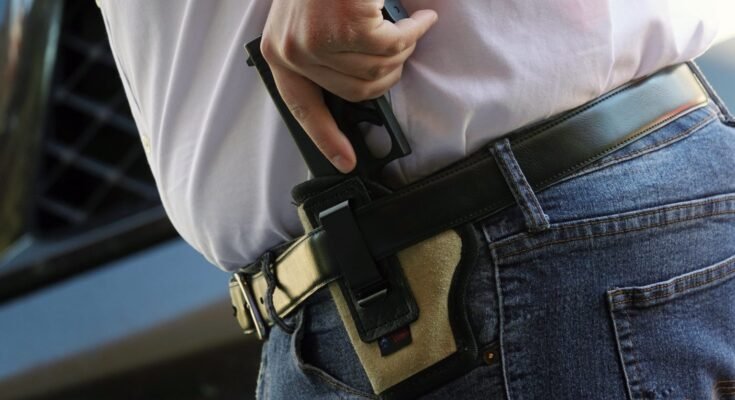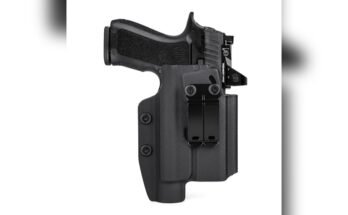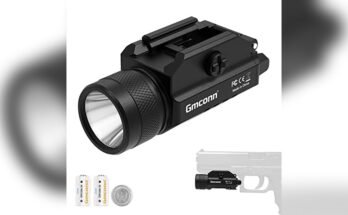I’ve spent years studying firearm policy and helping people understand safe, lawful carry. So let’s answer the big question: Is it legal to carry with a holster? In most places, yes, if you meet state rules for concealed carry or open carry and you are not in a prohibited area. The type of holster, how you carry, and where you carry all matter. In this guide, I’ll break down the rules in simple words and share real tips I’ve learned from the field. Read on to stay safe, smart, and compliant.
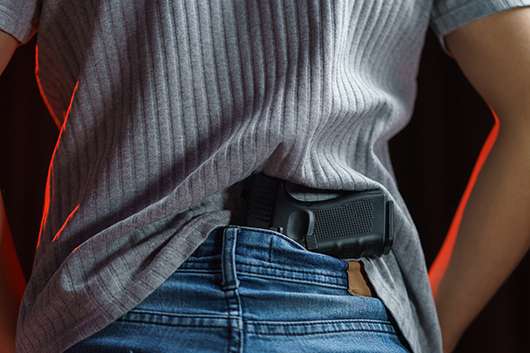
Source: www.incognitoconcealment.com
Understanding The Basics: What “Carry With A Holster” Means
Carrying with a holster is about secure, stable control of a firearm on your body. A holster covers the trigger guard. It keeps the gun in place and helps prevent accidents. Many states expect a holster for open carry. Some do not state it, but it is best practice.
There are two main kinds of carry. Concealed carry means the gun is hidden. Open carry means the gun is visible. Laws vary by state. Your rights depend on permits, age, location, and context.
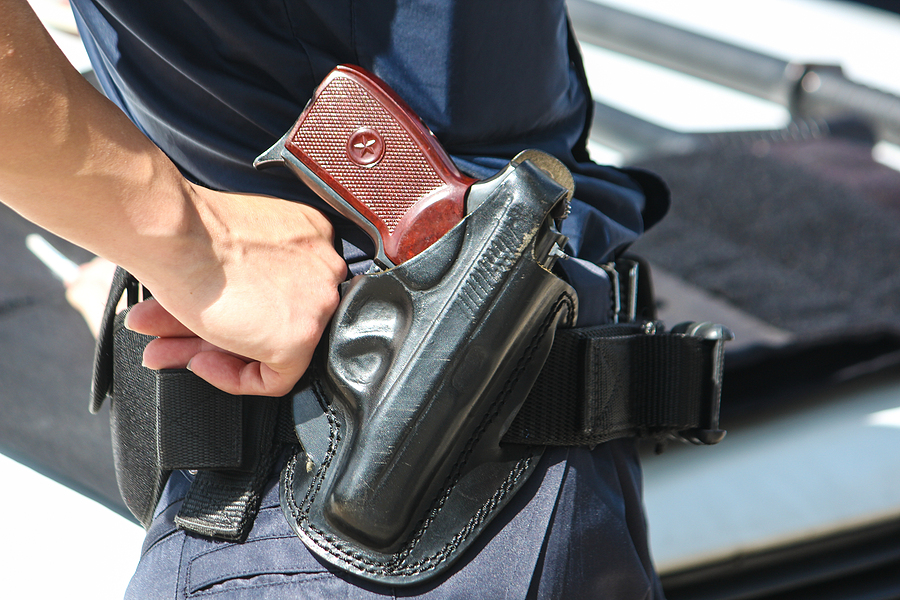
Source: www.philipdraylaw.com
Open Carry Vs. Concealed Carry: Why The Holster Matters
Open carry:
– Some states allow open carry with no permit.
– Some restrict it or ban it.
– Many expect a visible holster that holds the gun firm.
– Retention holsters are smart for open carry in public.
Concealed carry:
- Many states allow permitless carry for adults who can legally own a gun. This is called constitutional carry.
- Other states require a permit.
- A quality holster reduces printing, secures the trigger, and aids safe draws.
I have seen the same mistake many times. People use soft holsters that collapse. This can lead to unsafe re-holstering. A rigid holster with good retention is safer and looks more professional to officers and the public.

Source: stateline.org
State-By-State Differences You Must Know
Laws change fast. One state may allow permitless concealed carry. The next state may require a permit class and live-fire. City rules can add limits. Some states preempt local rules. Others allow local rules to be stricter than state law.
Key variables to check:
- Permit or no permit for concealed carry
- Open carry rules and any holster requirement
- Minimum age for carry and for permits
- Prohibited places such as schools or government buildings
- Magazine and feature limits in some states
- Transport rules in vehicles
- Duty to inform law enforcement during a stop
Tip from experience: Before a road trip, I print a short card with each state’s carry and holster notes. It keeps me calm and clear when I cross borders.

Source: www.incognitoconcealment.com
Holster Requirements: What The Law And Best Practice Expect
Many laws do not list exact holster specs. But they do expect safe carry. That means a holster should:
– Fully cover the trigger guard for safety
– Hold the gun with enough retention to resist grabs
– Keep the gun stable during normal movement
– Allow a safe draw and safe re-holster
Practical choices:
- IWB (inside-the-waistband) for concealment
- OWB (outside-the-waistband) for comfort and training
- Appendix carry for faster access, but train more for safety
- Duty or Level 2/3 retention holsters for open carry in crowds
I moved to a two-clip IWB holster after a long day on the road. It spread the weight and cut hotspots. That small change made daily carry calm and consistent.
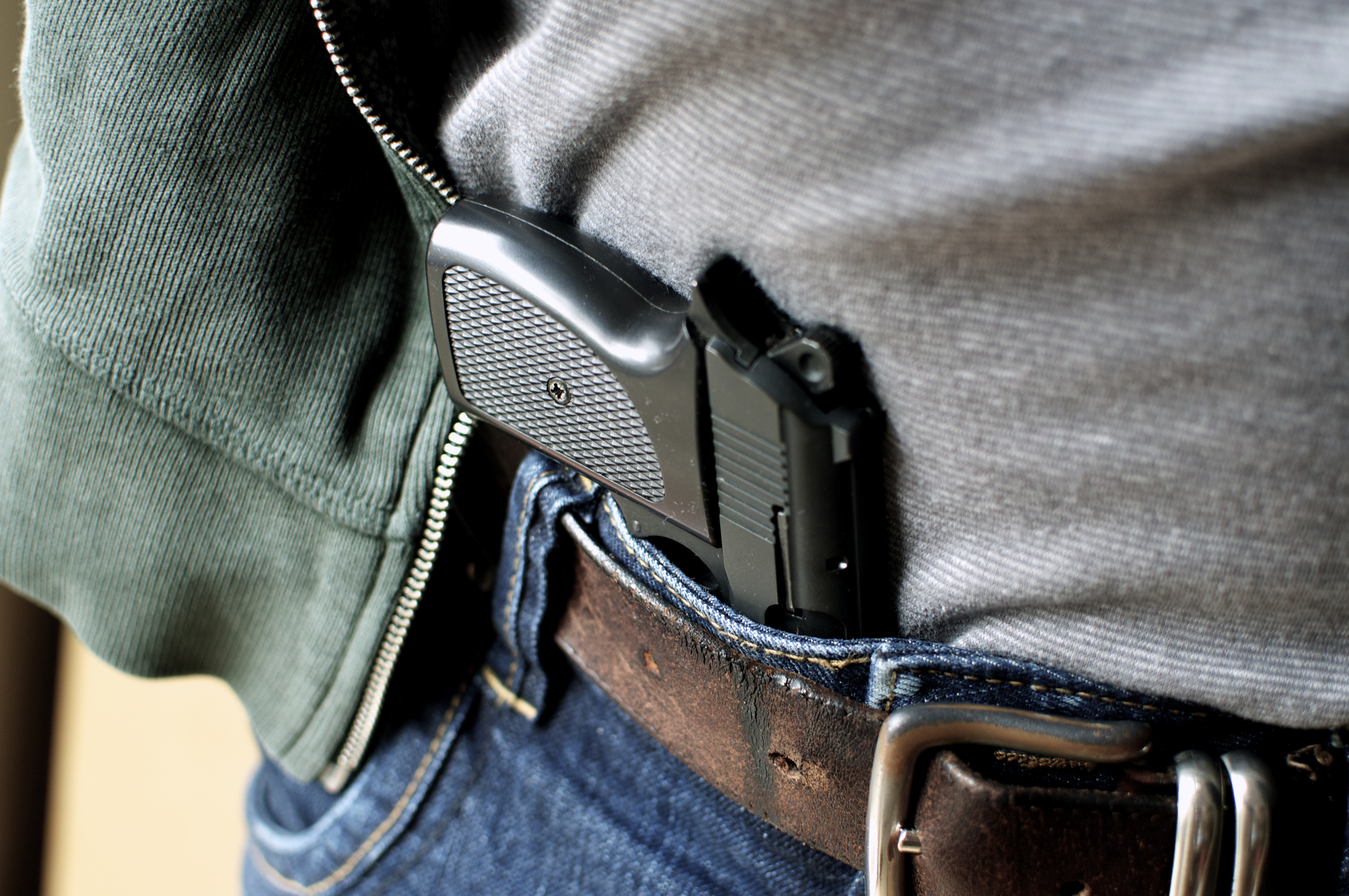
Source: everytownresearch.org
Where Carry With A Holster Is Not Legal
Even with a perfect holster, many places are off limits. Common no-carry zones include:
– K-12 schools and school events
– Federal buildings and secure areas
– Courthouses and some government offices
– Airports past TSA screening
– Private property with posted bans
– Certain events or venues per local law
– Some bars or areas where most sales are alcohol, in select states
Always verify local lists. Some states also restrict carry at polling places, hospitals, or parks. Respect posted signs. In many states, signs have legal force.

Source: www.keranews.org
Vehicle Carry And Travel: Holsters, Cases, And Reciprocity
In vehicles, rules differ by state:
– Some states allow a holstered gun on your body without a permit.
– Others require the gun to be unloaded or in a case.
– Some require the gun to be out of reach, like in a trunk.
– Reciprocity for permits varies. Your permit may not be valid in the next state.
My travel habit:
- Check the current state attorney general page for reciprocity.
- Confirm whether my permit is honored.
- If in doubt, I unload, case the firearm, and store it locked and out of reach.
- I also keep spare holster hardware, like extra clips and screws.
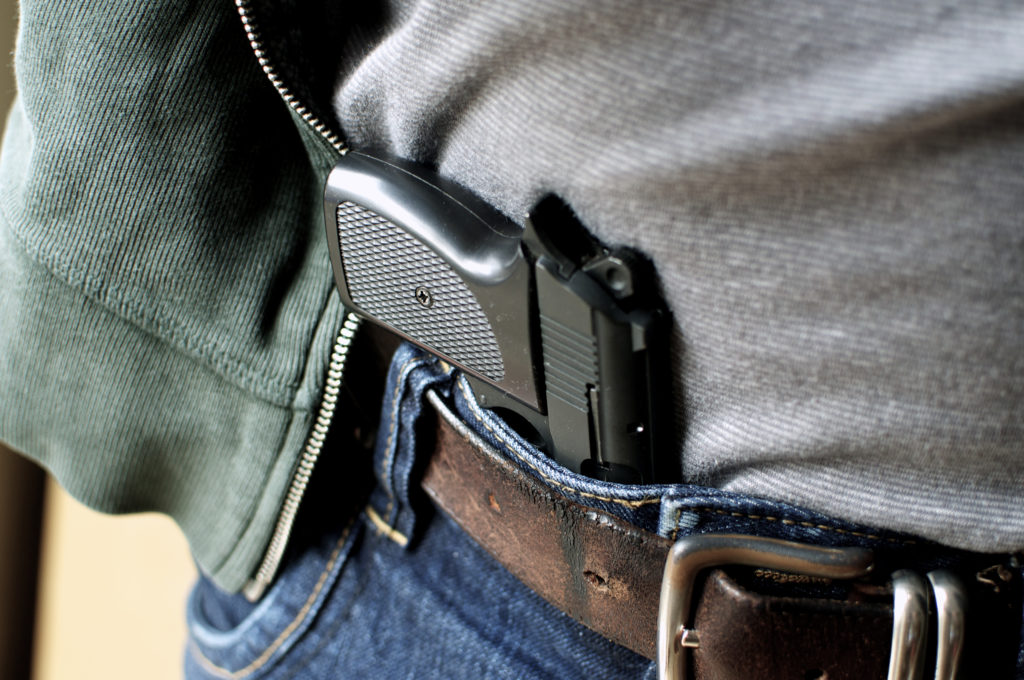
Source: everytownresearch.org
Interactions With Law Enforcement: Duty To Inform And Best Conduct
Duty to inform:
– Some states require you to inform an officer you are carrying, usually at the start of a stop.
– Others only require you to show a permit if asked.
– A few do not require notice at all.
Best practices I follow:
- Hands visible on the wheel.
- Calm voice. Clear words. “Officer, I want to let you know I am licensed and carrying. How would you like to proceed?”
- Do not reach for the gun. Move only when told.
- Carry your ID and permit together for easy handoff.
Training, Safety, And Everyday Carry Habits
Good gear is step one. Good training is the engine. I recommend:
– Basic handgun safety and handling courses
– Holster draw practice with an unloaded gun
– Dry fire with a safe backdrop
– Live-fire drills for draw, presentation, and re-holster
– Scenario practice for retention and situational awareness
Everyday tips:
- Use a proper belt to support your holster.
- Do a morning function check on screws and clips.
- Avoid constant touching or adjusting, which can draw attention.
- Replace worn holsters. If retention is weak, upgrade.
Common Mistakes To Avoid When Carrying With A Holster
– Using a holster that does not cover the trigger guard
– Re-holstering fast without looking, which can catch clothing
– Neglecting retention for open carry
– Ignoring posted signs and local rules
– Failing to secure a spare magazine or proper ammo
– Not testing your setup while sitting, driving, and walking
A lesson I learned the hard way: a loose belt turns a good holster into a bad one. The gun shifted in my car seat. A quality gun belt fixed it at once.
Legal Myths And How To Think About Compliance
– Myth: If my state is permitless, I can carry any way I want. Reality: You must still follow places bans, age limits, and any open carry rules.
– Myth: A visible holster always makes open carry legal. Reality: Some states ban or limit open carry even with a holster.
– Myth: My home state permit works everywhere. Reality: Reciprocity is patchwork and can change.
– Myth: I do not need training. Reality: Training reduces risk and builds safe habits.
A simple mindset helps. Know your state law. Know your route. Keep your gear simple, safe, and consistent.
Frequently Asked Questions Of Is It Legal To Carry With A Holster?
Do I Legally Need A Holster To Carry?
In many states, the law does not spell out “you must use a holster.” But safe carry and open carry norms expect one. A holster that covers the trigger is the safest choice and may be required by policy in some places.
Is Open Carry With A Holster Legal Everywhere?
No. Some states allow open carry statewide. Others limit it or ban it. Check your state code and any local rules before you carry.
What Kind Of Holster Is Legally Preferred?
Laws rarely name brands or models. Choose a holster that covers the trigger, holds the gun firm, and fits your belt and body. For open carry, a retention holster is often the best practice.
Do I Need A Permit For Concealed Carry If I Use A Holster?
In permitless states, many adults who can own a gun may carry concealed without a permit. In permit states, you still need a valid permit even if you have a holster.
Can I Carry In My Car With A Holster?
It depends on the state. Some allow it on your person. Others require the gun to be unloaded or cased. Check vehicle carry rules where you drive.
What Should I Say To Police If I’m Carrying?
Follow your state’s duty-to-inform rule. Keep your hands visible and speak calmly. Tell the officer you are carrying and follow their instructions.
Are There Places I Can Never Carry, Even With A Holster?
Yes. Schools, federal buildings, secure areas, and posted private property are common bans. Your state may list more locations.
Conclusion
Carrying with a holster is legal in many places when you follow state and local rules. The right holster supports safety. The right habits reduce risk. Train often. Keep your setup simple. Know your laws before you leave home. If you do that, you can carry with confidence and care.
Take the next step. Review your state’s carry code, check reciprocity for your routes, and audit your holster for fit and retention. Want more tips and updates? Subscribe, share your questions in the comments, and keep learning with us.
Watch This Video on Is it legal to carry with a holster?
